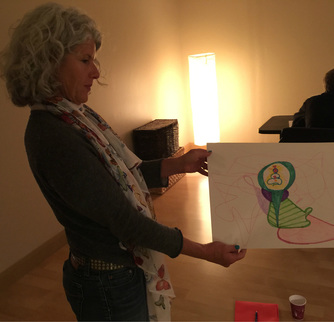
1. Stay in the Moment
One of the first steps you can take toward managing your triggers is to acknowledge what is happening. You may be tempted to distract yourself or avoid the feeling as much as possible. This can be helpful if you are not in a position to evaluate your surroundings, but there is benefit to be had from staying in the moment. If you can, take the time to consider how you are feeling. What sorts of physical responses do you observe as a result of the trigger? Take note of them, so that you can be better prepared to cope with them next time.
















 RSS Feed
RSS Feed